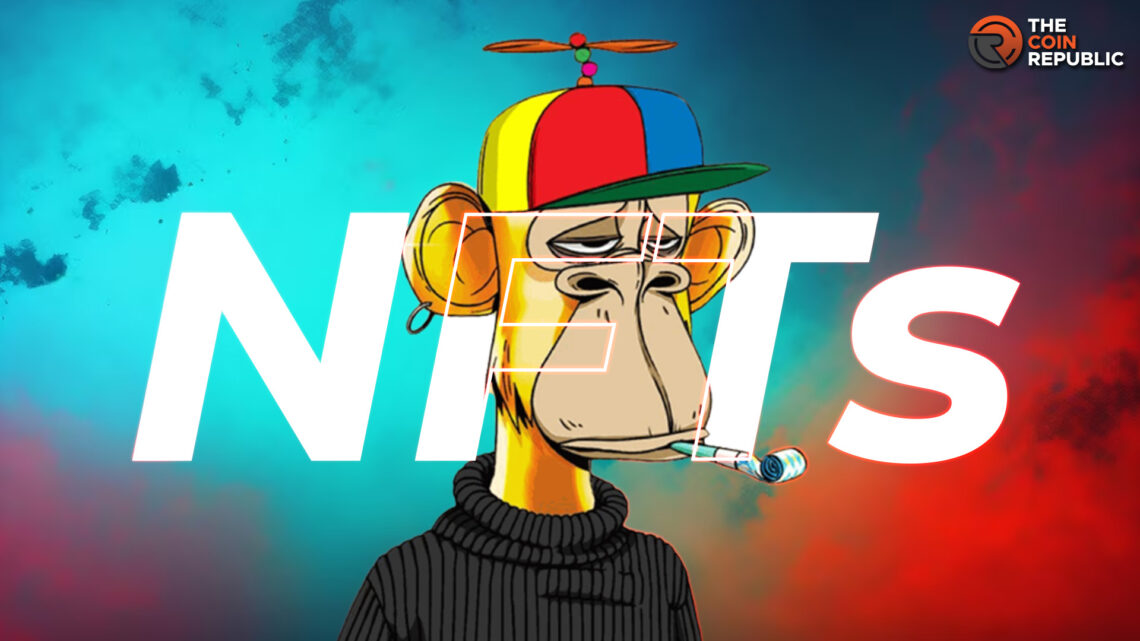- 1 NFT utilizes a lot of energy which is harmful to the environment.
- 2 They require energy to confirm the blockchain transfer.
Non-fungible tokens (NFTs) are unique digital expressions of art, drawing, music, videos, etc. It is a good source of earning passive income and is considered a good business. But a huge amount of energy is used in mining which is a point of concern.
The transaction in varied blocks and confirmation of adding new blocks requires energy. Precisely, trade and transactions on NFTs utilized energy. A huge carbon emission in the environment is not good. Thus, NFTs are not environment friendly.
People are becoming more aware of their surroundings and are consequently opting for NFTs that utilize clean ways of energy for creation.
Why NFTs Utilize Energy
The mass of NFTs are built on the Ethereum blockchain. Ethereum uses the Proof-of-Work to confirm the addition of a new block. The computer block solves complex problems to confirm the right block.
The whole network uses energy to complete the process and receive the gas fees. This system motivates miners to invest in more hardware to earn more gas fees. But this in turn requires more energy from the grid to function.
Joanie Lemercier, a French artist, has confirmed that she calculated the energy utilized in NFT mining. She said that one NFT salesperson can run her NFT art studio for two years. It was found that sales that took place in 10 seconds consumed 8.7 megawatt-hours (MWh) of energy.
The concern for energy emissions has increased the attention of the NFT industries which are looking for ways to create environmentally friendly ways of creating NFTs. Most sustainable and environment-friendly ways of NFT transactions are opted for.
Methods to Minimize the Energy Utilization
The first method is encouraging the use of green energy. Taking mining off the grid and using clean energy can reduce carbon emissions. The way to do this is to include power mining options like solar and wind sources.
Proof-of-work requires more energy. Ethereum works on it. While Proof-of-Stake utilizes less energy on which Ethereum 2.0 is focused, Solana and Cardano work on Proof-of-Stake.
NFT marketplaces are also working on the process to save energy consumption. They prefer batch transactions. This can be done by adding a layer to the purchase process. Buyers can make the transactions out of the blockchain which will reduce the energy consumption. Presently, the Bitcoin Lightning Network uses this type of two-layer approach.
Summary
NFT negatively impacts the environment. The environmental effect can be addressed by opting for ways that result in less carbon emission. Choosing the Proof-of-Stake mechanism instead of Proof-of-Work requires less energy and, thus, less emissions in the surroundings. Another method is choosing a cleaner source of energy like solar or wind energy.

Adarsh Singh is a true connoisseur of Defi and Blockchain technologies, who left his job at a “Big 4” multinational finance firm to pursue crypto and NFT trading full-time. He has a strong background in finance, with MBA from a prestigious B-school. He delves deep into these innovative fields, unraveling their intricacies. Uncovering hidden gems, be it coins, tokens or NFTs, is his expertise. NFTs drive deep interest for him, and his creative analysis of NFTs opens up engaging narratives. He strives to bring decentralized digital assets accessible to the masses.


 Home
Home News
News








